- Empty cart.
- Continue Shopping
Half Foam Roller
- Low bump design, soft to the touch
- Moderate softness and hardness, no tingling, comfortable to use
- EVA material, is safe and non-toxic
- Adopting technological rebound design, strong load-bearing ability without deformation
Features
A half foam roller is a versatile piece of equipment that is essentially a foam roller cut in half lengthwise. It features a flat side and a rounded side, making it useful for a variety of exercises, stretching routines, and rehabilitation activities.
The raised points on the surface of a half foam roller are produced through a manufacturing process called molding. This involves shaping the foam material in molds that have specific patterns and textures. Here’s a detailed explanation of the process and the characteristics of the raised points on both high-quality and inferior half foam rollers:
Manufacturing Process: Molding
- Molding:
- Closed-cell foam or high-density polyethylene (HDPE) foam is typically used.
- The foam material is injected into a mold that has been designed with specific patterns, including raised points.
- The mold determines the shape, size, and texture of the foam roller, including the raised points.
- Heat Treatment:
- The foam is often heat-treated to set its shape and texture.
- This ensures durability and the retention of the molded patterns over time.
Characteristics of Raised Points on High-Quality Half Foam Rollers
- Precision and Definition:
- Clear and well-defined raised points with distinct edges.
- Uniformity in the height and shape of the raised points.
- Durability:
- Made from high-density foam, which maintains the integrity of the raised points over time.
- Resistant to compression and deformation even with regular use.
- Texture:
- Smooth surface finish around the raised points, ensuring comfort during use.
- Raised points provide effective massage and trigger point relief without causing discomfort.
- Aesthetic Quality:
- Consistent coloration and absence of defects such as bubbles or irregularities.
- Professional appearance, often with a uniform finish and no visible seams.
Characteristics of Raised Points on Inferior Half Foam Rollers
- Blurriness and Lack of Definition:
- Blurry and poorly-defined raised points with rounded or uneven edges.
- Inconsistent heights and shapes of the raised points.
- Poor Durability:
- Made from low-density foam that easily compresses and deforms.
- Raised points quickly wear down or become misshapen with use.
- Texture Issues:
- Rough or irregular surface finish around the raised points.
- Raised points may cause discomfort or even pain due to uneven texture.
- Aesthetic Flaws:
- Visible defects such as bubbles, cracks, or discoloration.
- Poor overall finish with possible visible seams and inconsistent coloration.
Achieving High-Quality Raised Points
The key to achieving high-quality raised points lies in the precision of the mold and the quality of the foam material used. Here are the steps typically involved in ensuring high quality:
- Design and Engineering:
- Detailed design and engineering of the mold to ensure precise patterns.
- Use of CAD software to design the raised points accurately.
- High-Quality Materials:
- Selection of high-density, closed-cell foam materials for durability and resilience.
- Ensuring the foam material is free from impurities that could affect the molding process.
- Controlled Molding Process:
- Precise control over the molding process, including temperature and pressure settings.
- Ensuring uniform distribution of foam within the mold.
- Quality Control:
- Rigorous quality control checks to identify and discard defective products.
- Ensuring consistency in the texture and appearance of the raised points across all products.


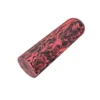

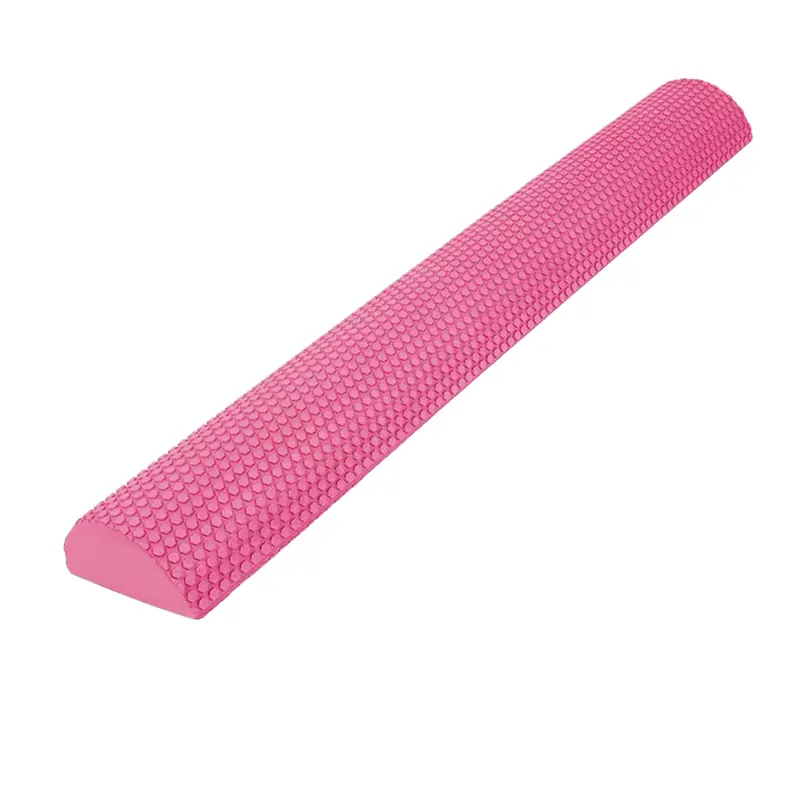

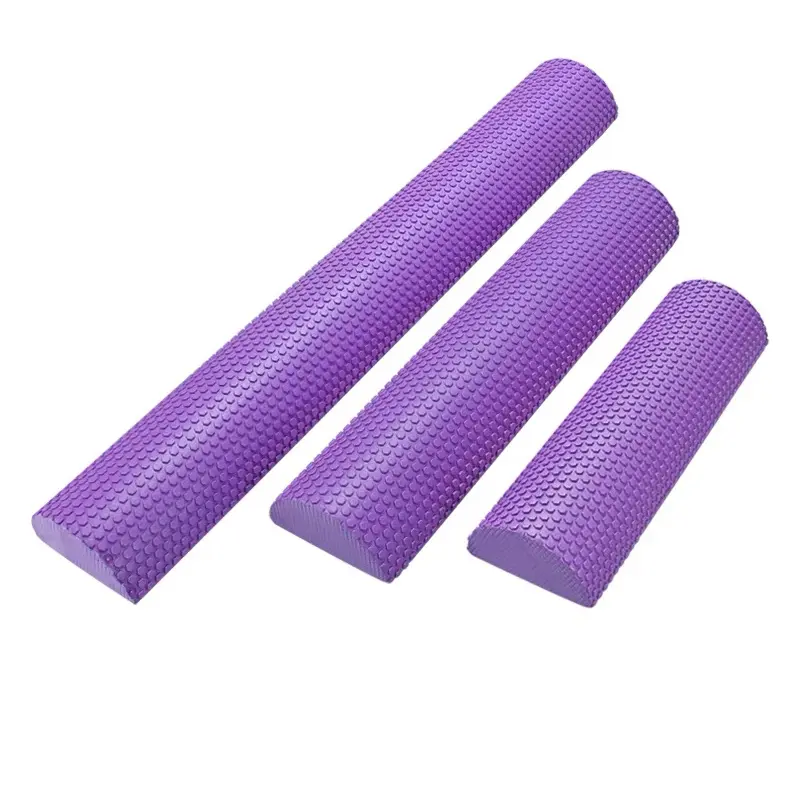

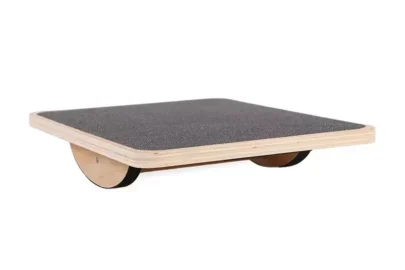
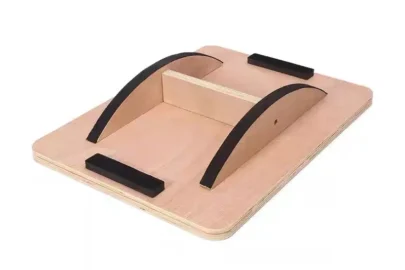







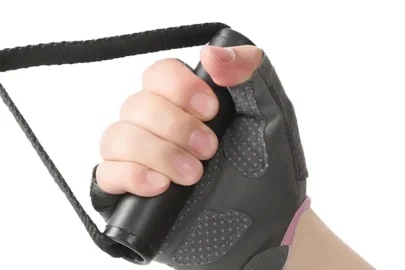
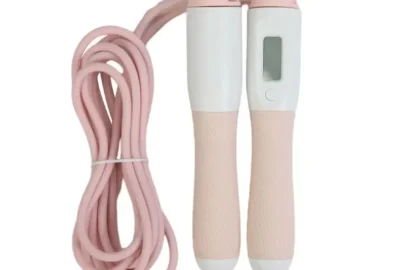
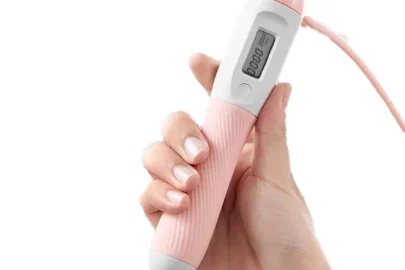




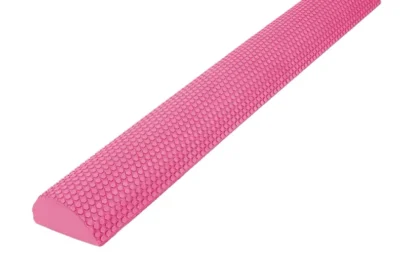
Reviews
There are no reviews yet.